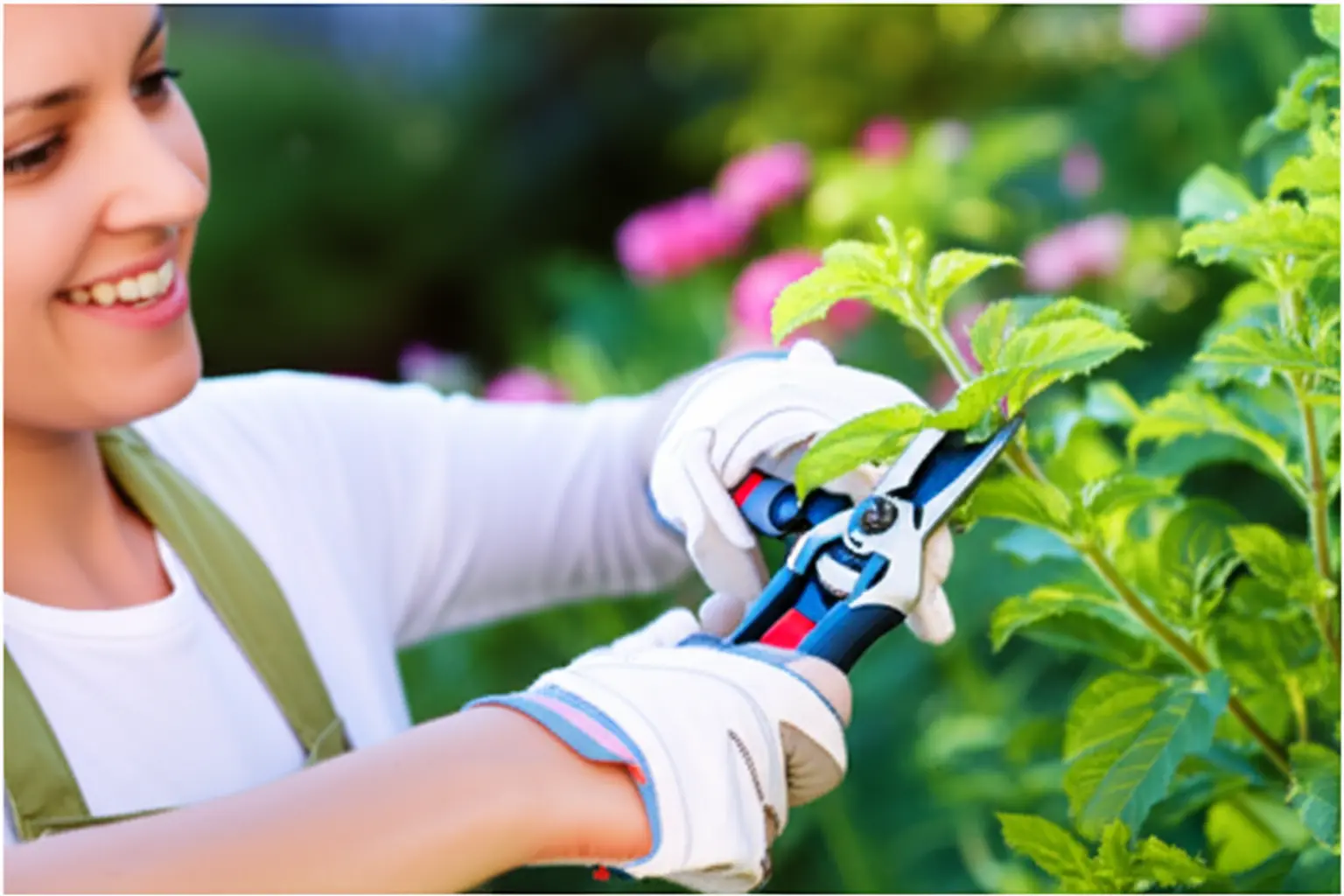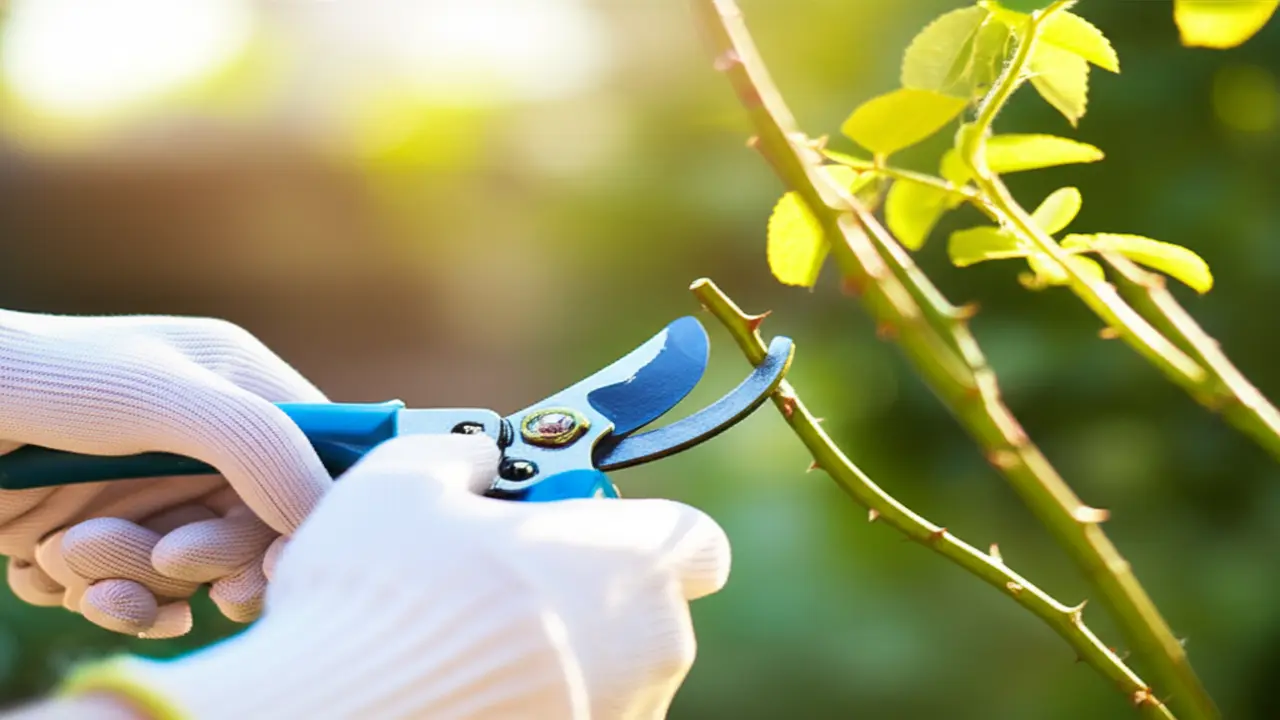 Thank you for reading this post, don't forget to subscribe!
Thank you for reading this post, don't forget to subscribe!
1. Understanding the Art of Pruning
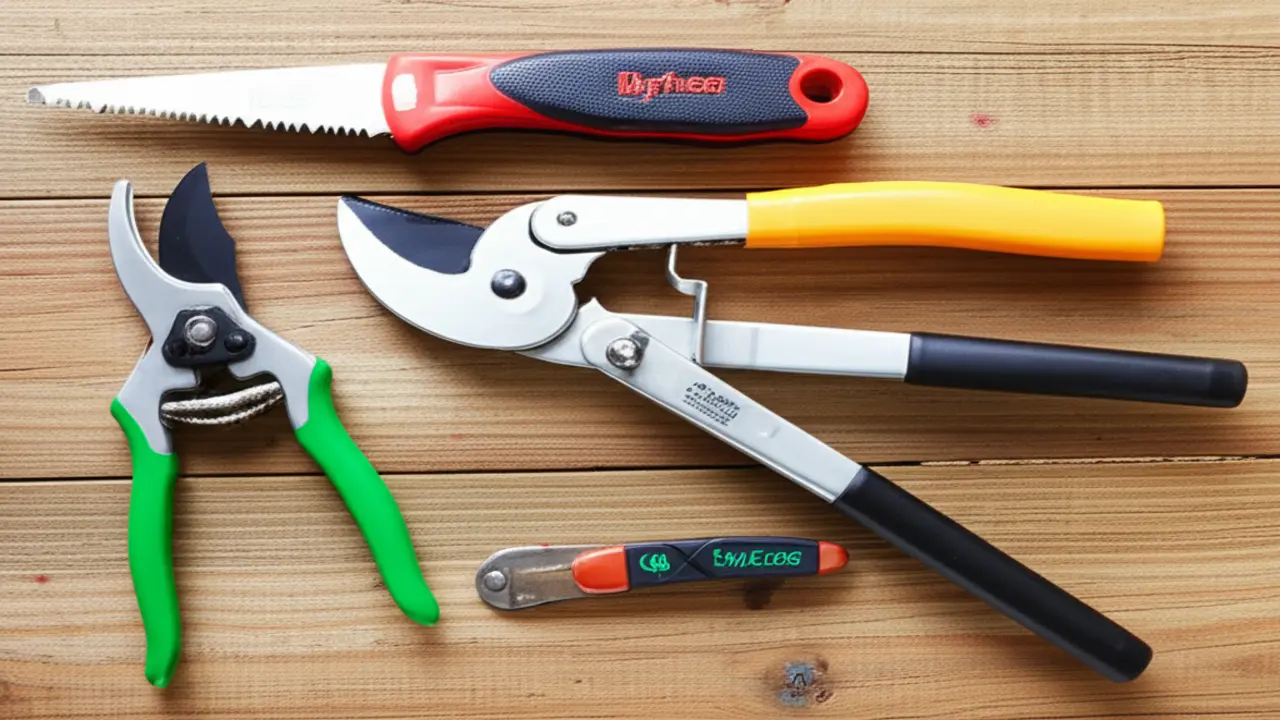
2. Essential Pruning Tools for Beginners
– Hand Pruners (Secateurs): These are your most-used tool for cutting stems and small branches up to 3/4 inch in diameter. Bypass pruners are recommended for live wood as they make a clean slice, while anvil pruners are better suited for dead branches.
– Loppers: With their long handles, loppers provide the leverage needed to cut through branches from 3/4 inch up to 2 inches thick.
– Pruning Saw: For any branch larger than 2 inches, a pruning saw is the safest and most effective choice.
Choosing the right size tool is critical. Using undersized pruners on a large branch can damage the tool and the plant. Always prioritize safety by keeping your tools clean and sharp. Properly maintained blades prevent the spread of disease and make precise cuts that heal quickly. Learning how to sharpen pruning shears is a core skill for any gardener.
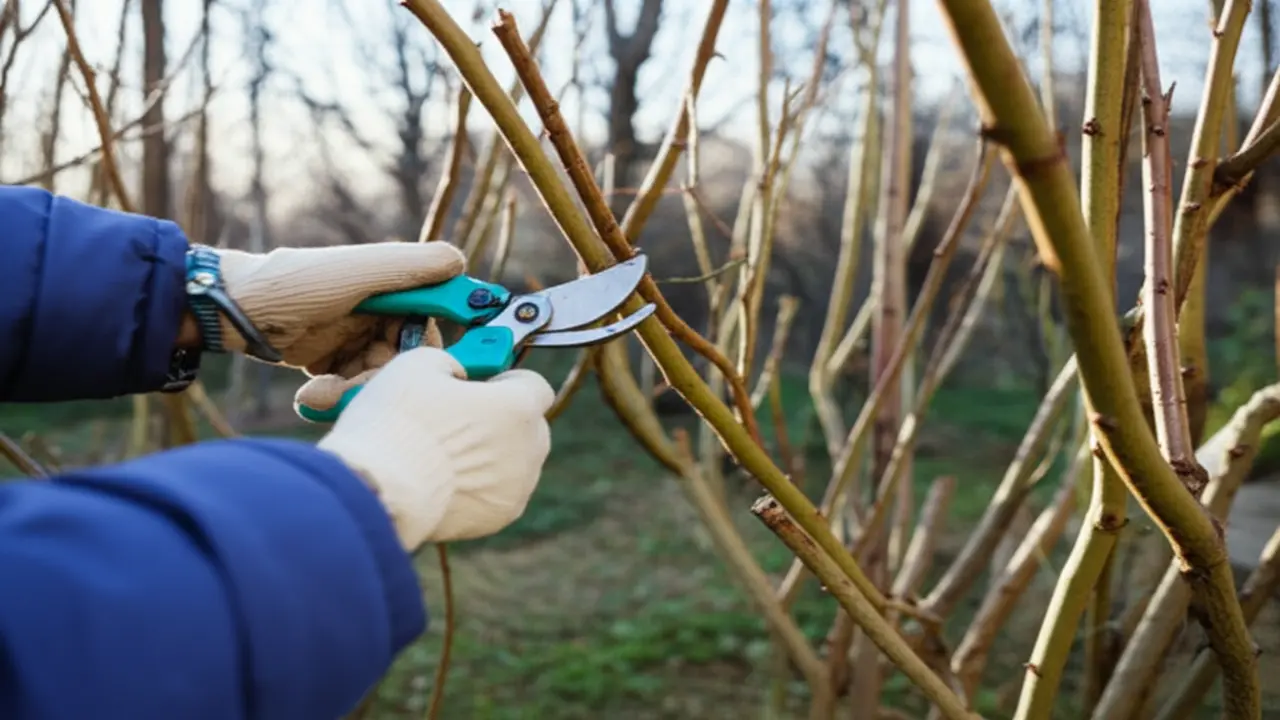
3. Timing is Everything: When to Prune
– Plants that bloom on old wood, like forsythia and lilac, form their flower buds on the previous year’s stems. You should prune these right after they finish flowering in spring. If you prune them in winter, you will cut off all the buds for the upcoming season.
– Plants that bloom on new wood, such as butterfly bush and many hydrangeas, produce flowers on the current season’s growth. These benefit from a late winter or early spring pruning, which stimulates the plant to produce the new wood that will bear flowers.
Always avoid pruning during periods of extreme stress, like intense summer heat or a sudden deep freeze. You should also avoid heavy pruning on very young plants in their first year, as they need their leaves to establish strong root systems.
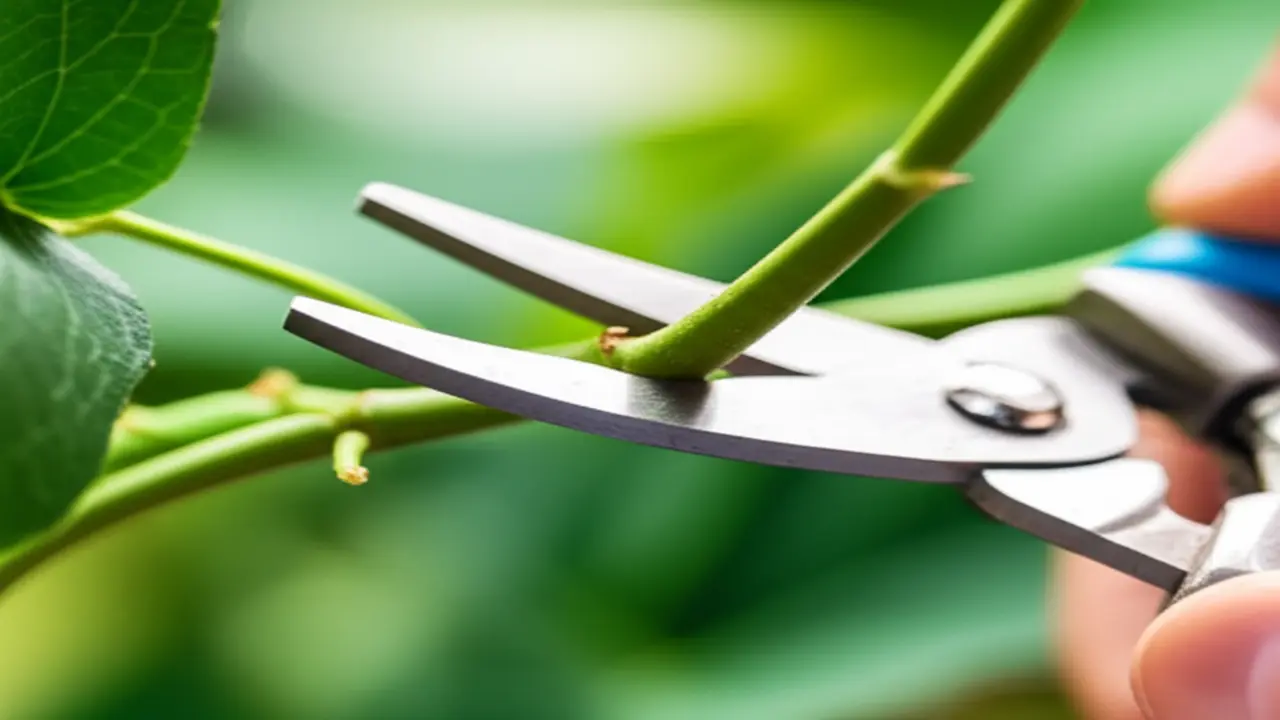
4. The Beginner’s Step-by-Step Pruning Process
5. Tailoring Your Technique: Pruning Different Plant Types
* Shrubs: For ornamental shrubs like azaleas or boxwoods, focus on maintaining shape and promoting flowers. Remove dead, damaged, or crossing branches first. Then, thin out the oldest stems on flowering shrubs to encourage new, productive growth.
* Trees: The goal with young trees is structural pruning. This involves creating a strong framework for the future. Remove branches that have weak, V-shaped attachments to the trunk and any that are rubbing against each other to prevent problems as the tree matures.
* Vines: Managing vigorous vines like climbing roses or clematis is about control. Your main job is to contain their growth within a designated area, like a trellis or fence. Prune them annually to remove overgrowth and direct their energy into producing flowers.
* Houseplants: Indoor plants require regular trimming to maintain their shape and encourage fuller growth. For vining plants like pothos, simply snipping the long ends will promote branching. For others, remove any yellow or dead leaves to keep the plant healthy. Using a pair of small pruning shears provides the precision needed for these tasks.
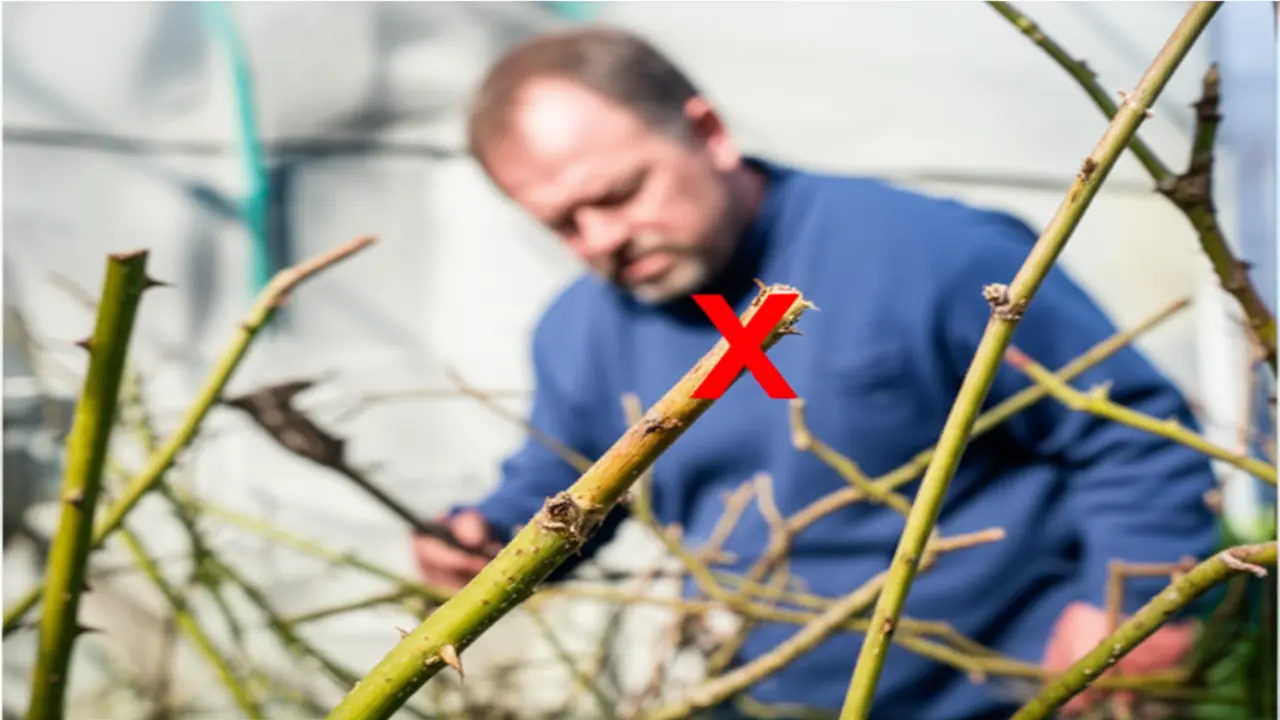
6. Common Pruning Mistakes to Avoid
* Over-pruning: It is tempting to remove a lot, but taking off more than one-quarter of a plant’s canopy at once can send it into shock. This weakens the plant, reduces its ability to produce flowers or fruit, and makes it susceptible to disease and pests.
* “Topping” Trees: Never cut the main, vertical leader of a tree or its largest branches indiscriminately. This harmful practice, known as “topping,” encourages a cluster of weak, poorly attached new shoots to form. It permanently destroys the tree’s natural structure and creates a long-term hazard.
* Incorrect Cuts: Always make your cut just outside the branch collar, which is the slightly swollen area where the branch meets the trunk. Cutting into the collar prevents proper healing, while leaving a long stub invites rot and decay.
* Using Dull or Dirty Tools: A dull blade crushes plant tissue instead of slicing it cleanly. This creates a ragged wound that is slow to heal and invites infection. You can learn how to sharpen pruning shears to ensure clean cuts. Also, always clean your tools between plants to prevent spreading diseases.
7. Your Pruning Questions Answered (FAQ)
* Will pruning hurt my plant? Not if done correctly. Think of it as a beneficial haircut that encourages new growth and better health. The key is making clean cuts with the right tools. Using the wrong tool, like trying to force small shears on a large limb, can cause damage. For larger jobs, having the proper pruning shears for thick branches is essential.
* When should I start pruning? The best time varies by plant. A general rule for many species is late winter or early spring before new growth begins. However, flowering shrubs like lilacs should be pruned right after they finish blooming. Always check the specific needs of your plant.
* What if I make a mistake? Don’t panic. Most plants are surprisingly forgiving and will recover from a minor pruning error. The best advice for 2025 is to start small, removing only what’s necessary, and you’ll build confidence with every snip.

